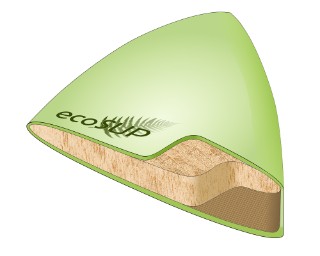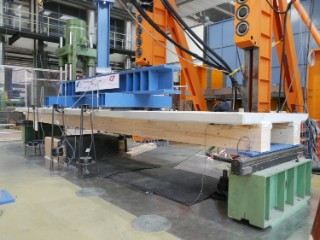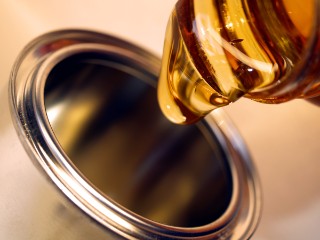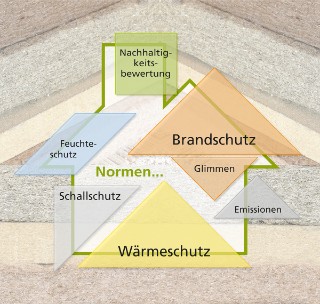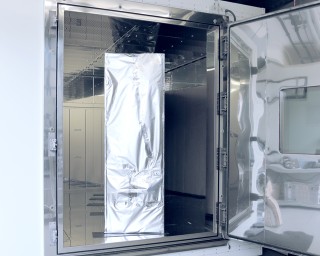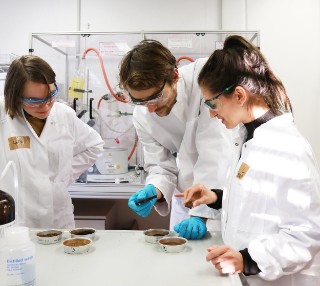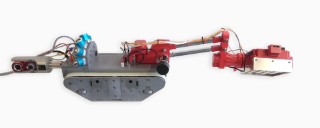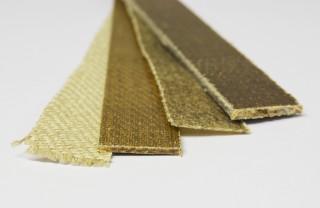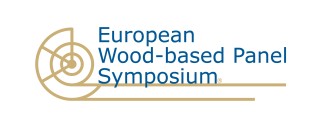Press release / 2020
BAU ONLINE 2021: Ceiling system module and stand-up paddleboard with wood foam and recycled balsa wood
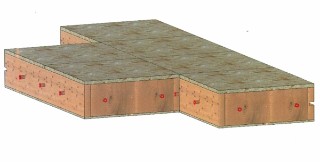
During BAU ONLINE 2021, the researchers from the Fraunhofer WKI will be presenting possibilities for incorporating renewable raw materials such as wood foam, balsa wood and flax fibers into future-oriented applications. By means of 3D models of a stand-up paddleboard and a ceiling system module, the researchers will demonstrate the versatility of the possibilities for replacing petrochemical raw materials or concrete with renewable resources.
more info Fraunhofer Institute for Wood Research
Fraunhofer Institute for Wood Research 